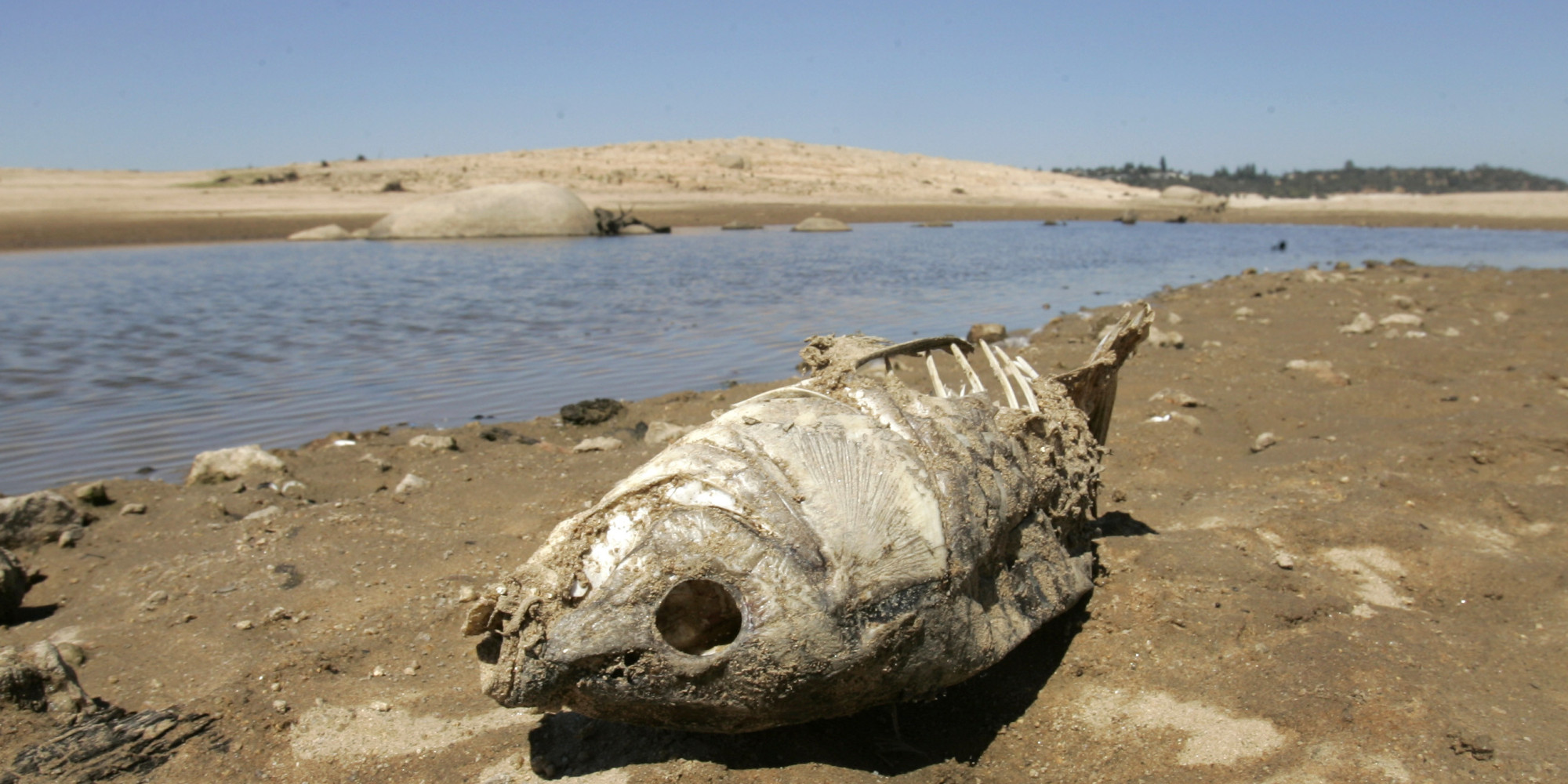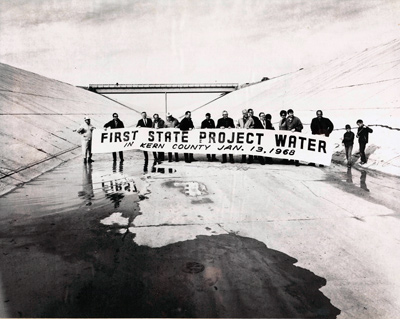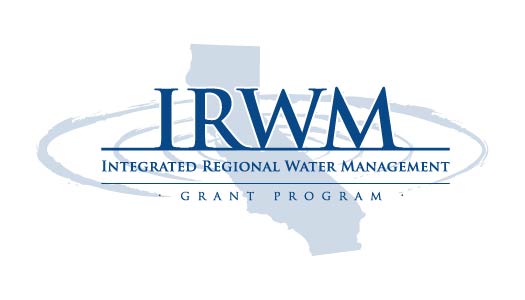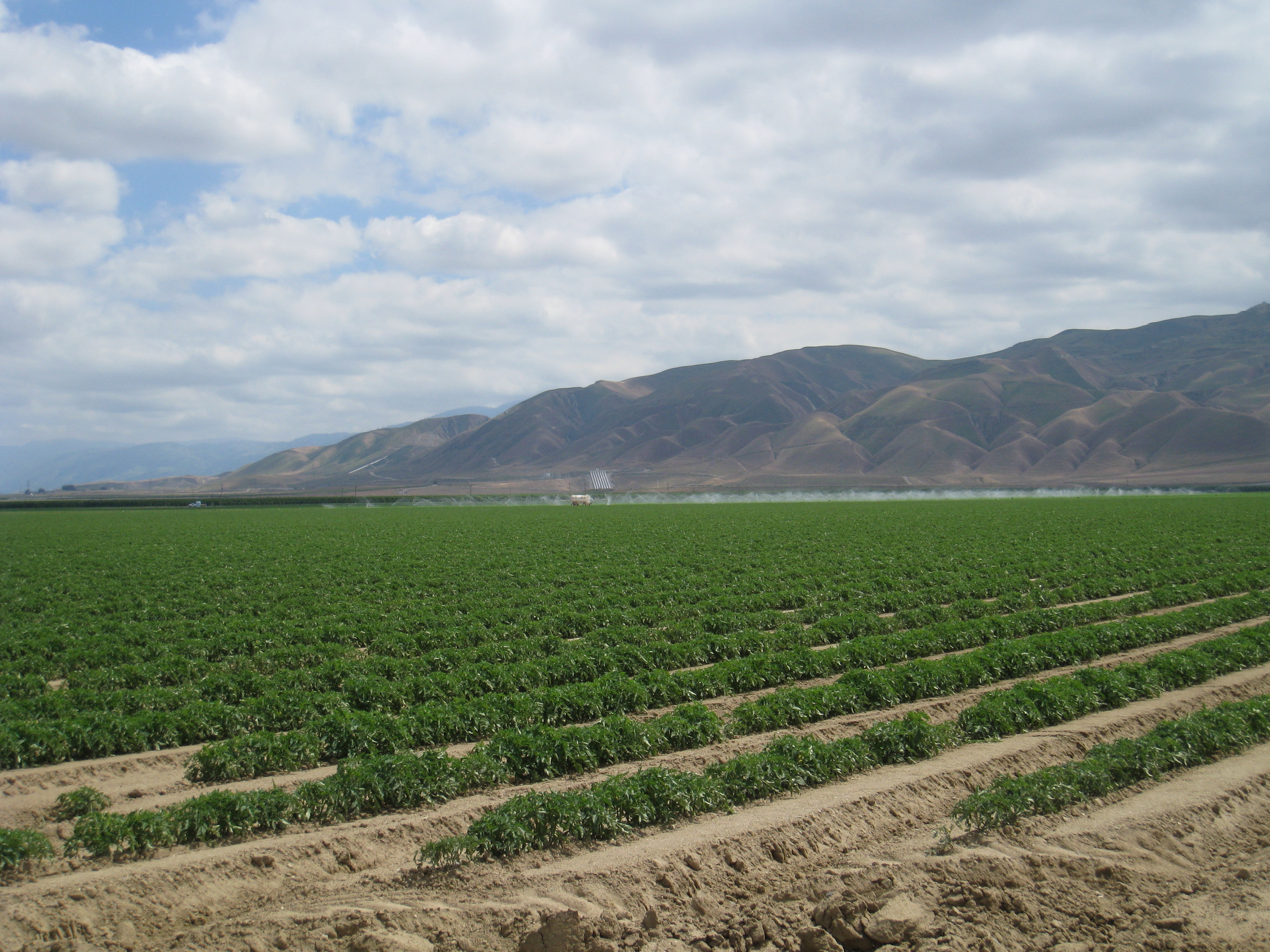Storms Allow Temporary Easing of Delta Pumping Restrictions
Source: Pamela Martineau; Association of California Water Agencies
The National Marine Fisheries Service (NMFS) approved a temporary easing of pumping restrictions in the Delta on April 1 which will increase water exports from the estuary by as much as 10,000 acre-feet a day over the next week or two.
Officials from NMFS announced the temporary adjustment of the regulation April 1 during a conference call with reporters. Mark Cowin, director of the California Department of Water Resources (DWR), who also was on the call, said the easing of the seasonal pumping restrictions won’t jeopardize protected salmonoid and is “consistent with the federal Endangered Species Act.”
“The adjustment will remain in effect as long as the rivers carrying stormwater into the Delta continue to run relatively high,” said Cowin. “We expect that to last for at least a week and we’ll see how long those inflows are sustained.”
The temporary change is allowable in part because more water is moving through the system due to recent storms. The adjustment increases pumping levels from about 1500 cfs to 6000 cfs a day over the next few days.
DWR has set its initial water allocation estimate from the State Water Project at zero percent this year. It is unclear whether that estimate will change. California remains mired in drought despite the recent spate of storms.
On April 1, manual snowpack readings in the Sierra revealed a statewide snowpack water content at just 32% of normal for that date.

























